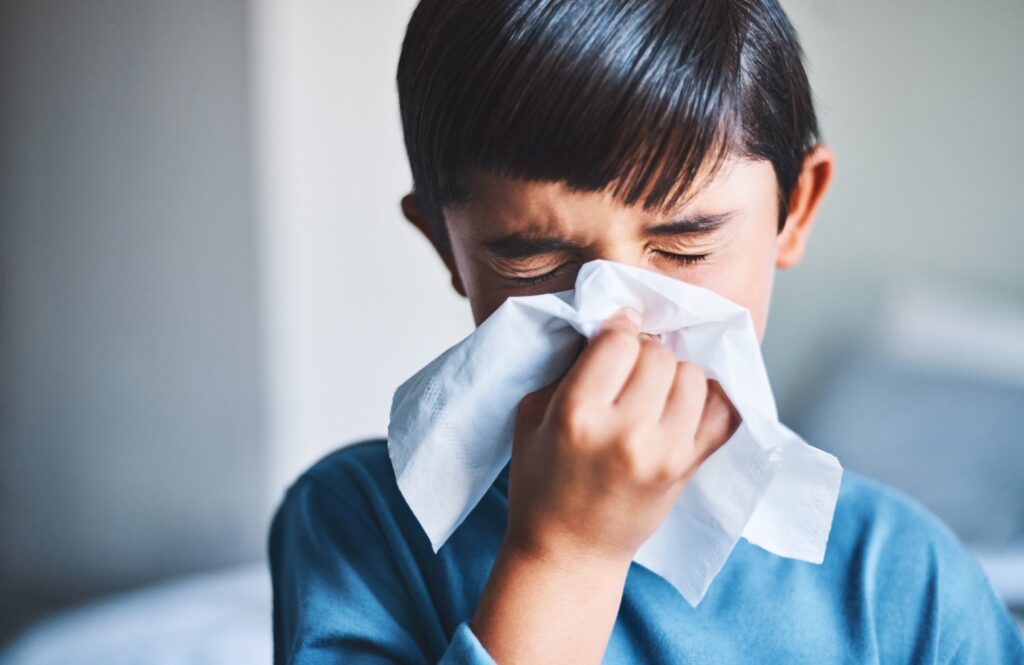Estrogen plays a vital role in women’s health, from regulating menstrual cycles to supporting reproductive function. However, when estrogen is not properly metabolized and detoxified, it can increase the risk of breast cancer. Many people are unaware that how your body processes and eliminates estrogen could significantly impact your breast cancer risk. Learning more about how estrogen behaves in your body and supporting the detoxification process could be a key preventive measure.
The Importance of Estrogen Detoxification
When estrogen is produced in the body, it needs to be processed by the liver and safely eliminated. If this doesn’t happen efficiently, estrogen can recirculate, leading to harmful effects on breast cells. This recirculated estrogen can bind to receptors and trigger abnormal cell growth, increasing the risk of breast cancer.
By understanding how your body metabolizes estrogen, you can take steps to support each phase of detoxification and reduce your overall cancer risk. Estrogen metabolism occurs in three key phases:
Phase I: Estrogen Metabolism (Hydroxylation)
In this initial phase, estrogen is metabolized into several byproducts, or metabolites, by the liver. Some of these metabolites are protective, while others can cause direct DNA damage, which may lead to cancer. For example, the 2-hydroxyestrone metabolite is generally considered protective, while the 4-hydroxyestrone metabolite can damage DNA and promote cancer growth.
Understanding the balance of these metabolites in your body can be crucial in assessing your risk. If your body produces more harmful metabolites, supporting healthy Phase I metabolism with diet, supplements, and lifestyle changes could reduce the risk of breast cancer.
Phase II: Estrogen Methylation
Phase II involves methylation, a process in which the body converts potentially harmful estrogen metabolites into safer, more stable compounds that can be eliminated. Methylation requires key nutrients such as folate, B vitamins, and magnesium, which help neutralize dangerous metabolites.
If your body struggles with methylation, these harmful metabolites may continue circulating in the bloodstream, increasing the risk of DNA damage. By assessing how well your body methylates estrogen, you can take steps to improve methylation through diet, supplements, and lifestyle adjustments. This phase is crucial not only for reducing breast cancer risk but also for improving overall detoxification and DNA repair.
Phase III: Elimination Through the Gut
Once estrogen has been metabolized and neutralized, it needs to be efficiently eliminated through the digestive system. Phase III focuses on removing estrogen metabolites via bowel movements. If your gut health is compromised or you suffer from conditions like constipation or “leaky gut,” estrogen may be reabsorbed into the bloodstream, causing it to recirculate.
Regular bowel movements are essential for eliminating estrogen effectively. Additionally, a healthy gut microbiome supports this elimination process. Imbalances in gut bacteria, poor digestion, or chronic digestive issues can lead to the reabsorption of estrogen, increasing the risk of hormone-related cancers like breast cancer.
How to Support Healthy Estrogen Metabolism
There are several ways to support each phase of estrogen metabolism and reduce your breast cancer risk:
1. Dietary Changes: Incorporating foods rich in fiber, antioxidants, and phytoestrogens (found in flaxseeds, soy, and whole grains) can help promote healthy estrogen metabolism. Cruciferous vegetables like broccoli, kale, and Brussels sprouts support Phase I and II detoxification, while fiber aids in Phase III elimination by promoting regular bowel movements.
2. Supplement Support: Nutrients like B vitamins, magnesium, and methyl donors (like folate) are essential for efficient methylation. Additionally, probiotics and prebiotics can support gut health, ensuring that estrogen is eliminated rather than reabsorbed.
3. Lifestyle Adjustments: Regular exercise, stress reduction techniques, and adequate hydration all play a role in improving detoxification. Exercise helps maintain hormonal balance, while staying hydrated supports liver and kidney function in detoxifying estrogen.
4. Gut Health: Supporting gut health with fermented foods, probiotics, and fiber-rich foods ensures a healthy microbiome, which is key for eliminating estrogen. Avoiding processed foods, reducing sugar intake, and managing digestive issues can further support Phase III.
Understanding Estrogen Metabolism with DUTCH Plus
The DUTCH Plus test is a comprehensive hormone test that provides valuable insights into how your body processes estrogen. This test evaluates your hormone levels and metabolism across all three phases: hydroxylation, methylation, and elimination. By measuring your estrogen metabolites, the test helps identify areas where your body may need support to properly detoxify estrogen.
This test can be done at home and is then sent to a lab for analysis. A healthcare provider will interpret the results, offering personalized recommendations to optimize your estrogen metabolism and overall health.
An insight from mamahood
Breast cancer is the most common cancer in women, and understanding how estrogen behaves in your body can be a crucial part of reducing your risk. By ensuring that your estrogen metabolism is functioning properly, you can prevent harmful metabolites from recirculating and causing damage to breast tissue. Supporting detoxification through diet, supplements, and lifestyle changes can help protect your health long-term.
Early intervention and prevention strategies are key to managing estrogen-related health risks. If you are concerned about your estrogen metabolism or breast cancer risk, consider discussing hormone testing and detox strategies with your healthcare provider. For more support, feel free to connect with Mamahood Health Advisors via live chat or private message, or explore Mamadoc—your AI doctor offering tailored guidance just for you.








